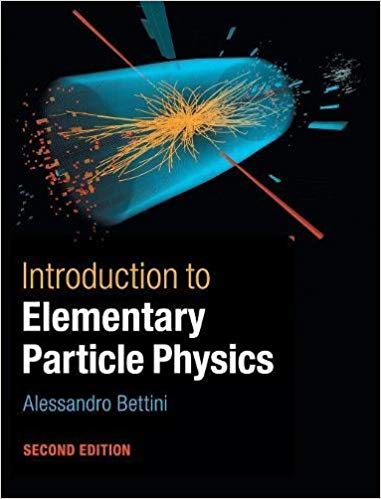Answered step by step
Verified Expert Solution
Question
1 Approved Answer
A block of mass m1= 1.10kg moving at v1= 1.90m/s undergoes a completely inelastic collision with a stationary block of mass m2=0.400kg. The blocks then
A block of mass m1= 1.10kg moving at v1= 1.90m/s undergoes a completely inelastic collision with a stationary block of mass m2=0.400kg. The blocks then move, stuck together, at speed v2. After a short time, the two-block system collides inelastically with a third block, of a mass m3= 2.80kg, which is initially at rest. The three blocks then move, stuck together, with a speed v3. Assume that the blocks slide without friction

Step by Step Solution
There are 3 Steps involved in it
Step: 1

Get Instant Access to Expert-Tailored Solutions
See step-by-step solutions with expert insights and AI powered tools for academic success
Step: 2

Step: 3

Ace Your Homework with AI
Get the answers you need in no time with our AI-driven, step-by-step assistance
Get Started


